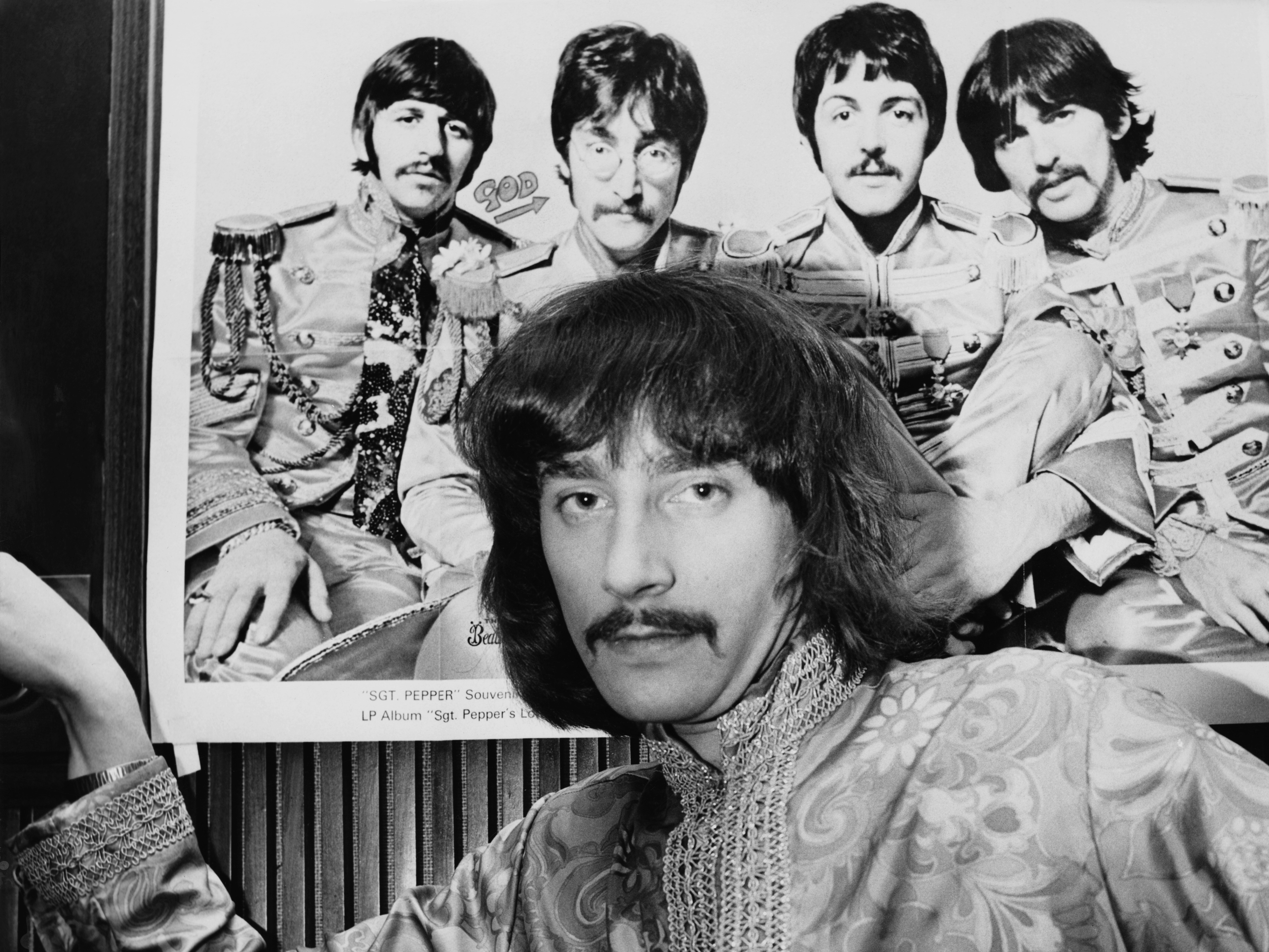Mustaches have been an iconic type of facial hair for centuries, but they’ve seen many different variations. From the “handlebar” to the “walrus,” not every mustache is created equal.
Take a look at these mustaches of old and see how they’ve changed throughout history.
The mustache has been a popular choice of facial hair throughout history.

Medieval knights in England had armor literally designed to accommodate their mustaches.
But they truly became a fashion statement in England after the Elizabethan era.

King Charles I made the goatee and handlebar mustache an iconic combo.
They saw another Renaissance after WWI, as it was too difficult to put on gas masks with a full beard.

In Europe, men started sculpting their beards into mustaches during World War I because it was difficult to put on gas masks with a full beard. Once the war ended, a mustache revolution took over.
As time went on, more and more different styles of mustache popped up.

By the early 1800s, people were sporting mustaches that were curled and often waxed.
Charlie Chaplin popularized the "toothbrush mustache."

Back in the 1930s, the trimmed down mustache was a very popular look among men, especially in Europe. In fact, a New York Times article from 1908 said a man's toothbrush mustache was a "characteristic of his class." However, after Adolf Hitler the look went out of style.
Theodore Roosevelt was a fan of the "walrus mustache."

And "Gone With the Wind" is credited with starting the pencil mustache trend.

When "Gone With the Wind" premiered in 1939, it sparked the pencil mustache trend thanks to the film's leading man, Clark Gable. During his heyday, Gable was often referred to as the "King of Hollywood." Starting his career in silent movies, he let his pencil mustache do the talking.
Mustaches come in all shapes and sizes.

There's even a National Beard and Moustache Championship that determines the best beards in the US.
Mustaches can be big...

Fun fact, those novelty "disguise glasses" you can still buy are based on Groucho Marx, of the Marx Brothers fame.
And they can be small.

They can be paired with a nice chin beard.

... though some mustache and beard pairings are maybe less nice.

Anyone can rock a mustache.

Mustaches have been sported by men ranging from kings to Hell's Angels, for the most part transcending class and social divides.
Though certain types of beards fit certain face shapes better than others.

For example, square-faced men are ideal for rocking mustaches, while round faces are better served with a goatee.
Officially, there are 13 kinds of mustache.

Per the American Mustache Institute, the 13 official types of mustaches are the chevron, Dalí, English, Fu Manchu, handlebar, horseshoe, imperial, lampshade, painter's brush, pencil, pyramidal, toothbrush, and walrus.
Some mustaches are quirky.

Just take it from Isaiah Webb, who made his facial hair look like a bird's beak.
Others are really quirky.

Surrealist artist Salvador Dalí literally wrote a book about his mustache.
Some styles have been more popular in particular decades than others.

In the '70s, men often sported mustaches that were big and bushy.
And some have stood the test of time.

Mustaches like the chevron, pencil, and walrus are classics.
Some celebrities are literally known for their mustaches.

Some celebrity mustaches have practically become more famous than the celebrities themselves.
Either way, the most important thing about a mustache is knowing how to groom it.

People often don't know the best ways to grow out their mustaches, so they end up making mistakes. There are a variety of ways to make the mustache growing process easier and turn out better, including using some key products.
A little wax can go a long way.

Mustache wax first appeared sometime in the 18th and 19th centuries, and was made with bear fat. Now, wax is made using petroleum jelly, lard, and beeswax.
Visit INSIDER's homepage for more.
